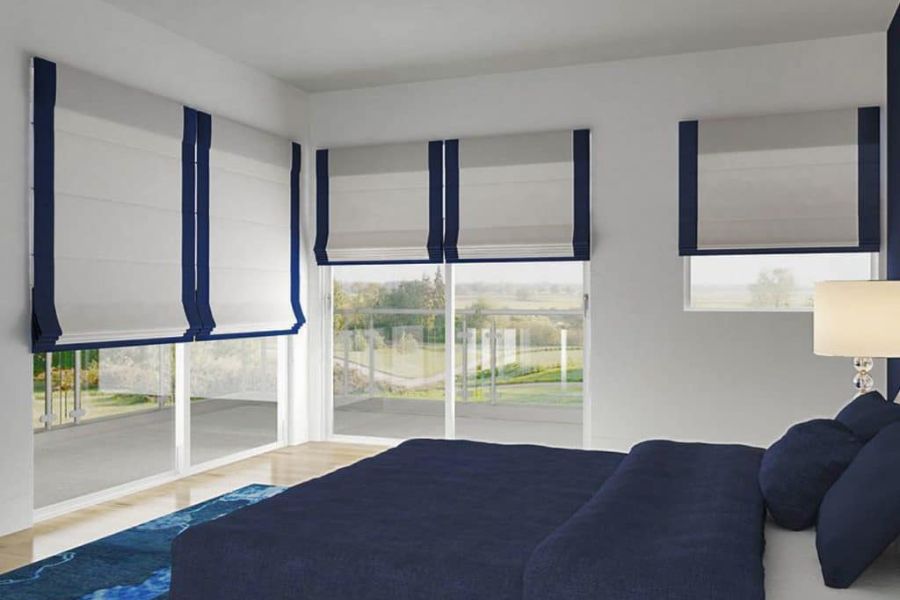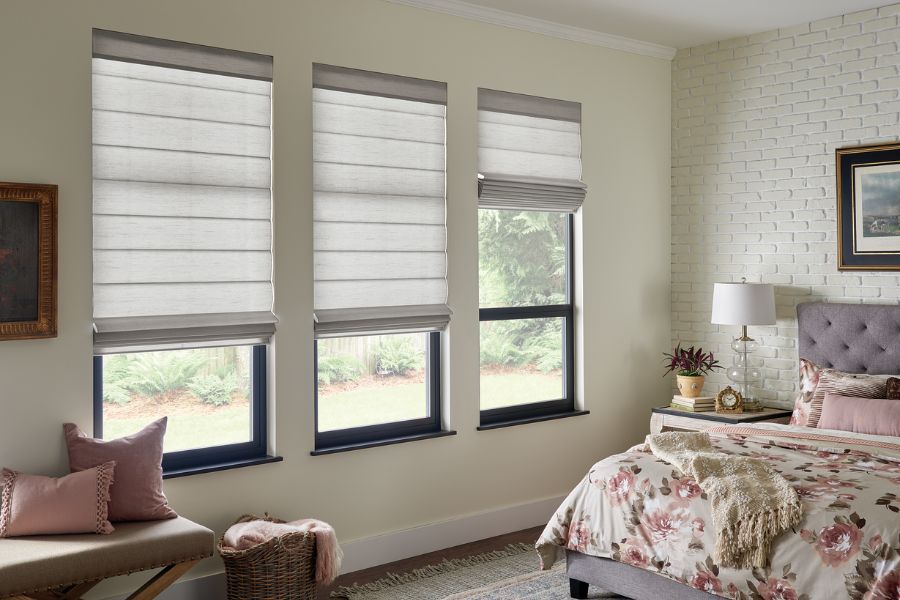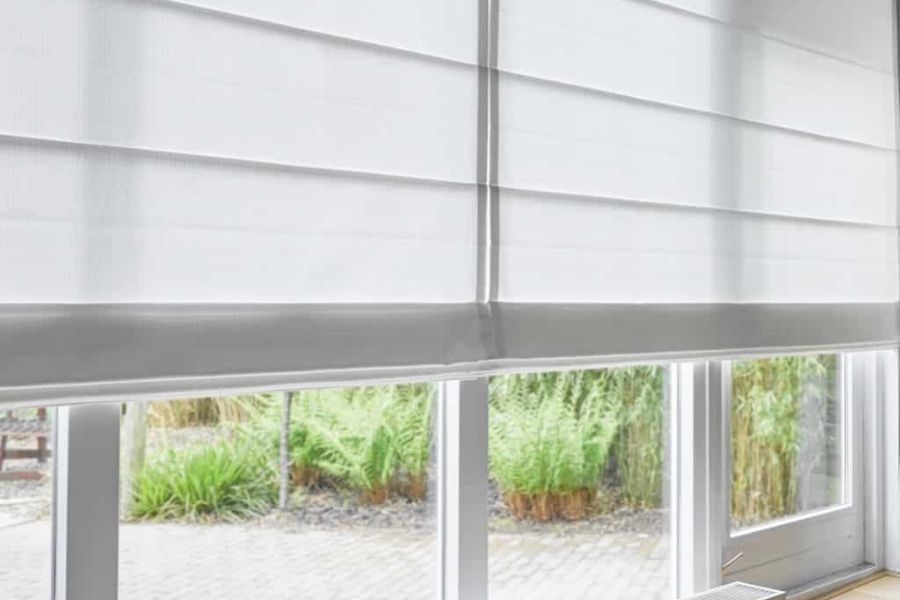Key Takeaways
- Learning how to close blinds enhances your comfort, protects your health, and ensures your privacy.
- To close blinds properly, identify the type of blind, locate the control mechanism, and adjust the slats. Read on to learn the detailed steps on how to lower blinds effectively!
- Are you tired of dealing with old blinds that don’t open or close smoothly? Consider ordering new, high-quality window treatments from Creative Windows!
Why Should You Close Blinds?
There are several compelling reasons to keep your blinds closed both day and night:
Temperature Control
During summer, temperatures inside homes or offices can rise, causing discomfort. Blinds help regulate excessive heat by significantly reducing heat absorption when fully closed—up to 45%. This enhances comfort and lowers energy costs by reducing the need for air conditioning.

Light Management
Excessive sunlight can harm your eyes, disturb weekend sleep patterns, and fade or damage furniture. UV rays are particularly detrimental to your skin. Therefore, closing the blinds on sunny days is crucial to avoiding harsh light and creating a dark environment to enjoy your favorite TV shows without straining your eyes.
Privacy Protection
Closing your blinds prevents outsiders from seeing valuables or observing activities inside your home. Moreover, closing the blinds is crucial while on vacation to avoid signaling your absence and protect your home.
How To Close Blinds In 5 Easy Steps
Here’s a breakdown based on the most common blind types:
Step 1: Identify The Type Of Your Blinds
Blinds come in various styles, each with its unique operating mechanism. Understanding the type of blinds you have ensures you close them properly:
- Single-String Blinds: These classic blinds, such as Venetian, pleated, cellular shades, use a single pull cord to adjust slats.
- Top Down-Bottom Up Blinds: These blinds can be adjusted from the top and bottom, offering versatility in controlling light and maintaining a view.
- Continuous-Cord Blinds: These shades, such as roller shades and cellular shades, are equipped with a continuous cord on one side of the window, allowing easy adjustments to raise and lower them.
- Cordless Blinds: These blinds operate without cords and are safe for children and pets. They may have remote-controlled or manual bottom rail adjustments.
- Rod-Operated Blinds: Available in panel and vertical blinds, these blinds use a rod and track system instead of cords to control the slats.
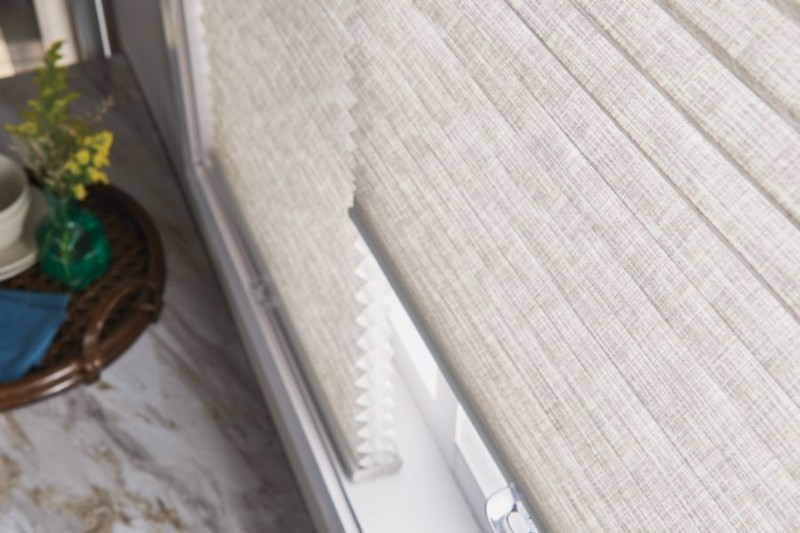
Step 2: Locate The Control Mechanism
Venetian blinds (or horizontal blinds), vertical blinds, and roller blinds are among the most popular styles that people often find challenging—we’ll focus on those styles here.
- Venetian Blinds: Find the pull string, typically on the right side, attached to the clutch at the top and connecting the slats.
- Vertical blinds: Look for a rod, usually made of metal or plastic, at the top of your blinds.
- Roller Blinds: Find a single, looped cord on one side of the window.
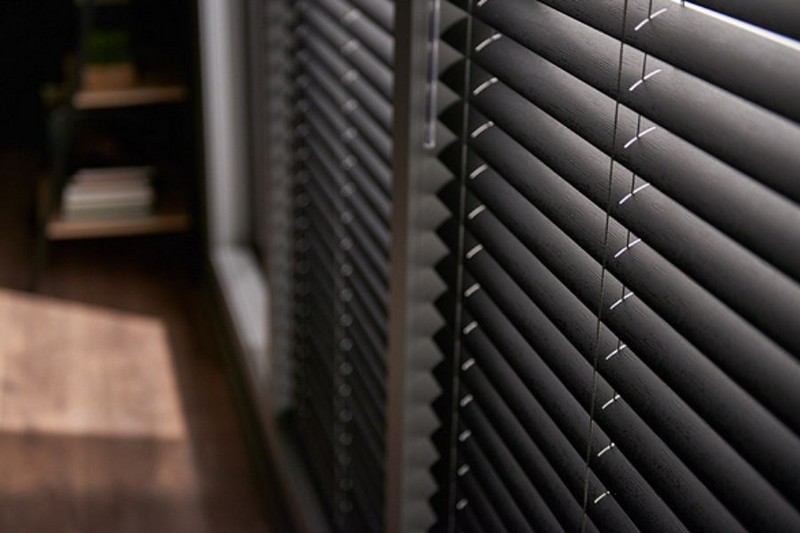
Step 3: Adjust The Slats (For Venetian Blinds Only)
When unlocking Venetian blinds, one side might drop faster. Here’s how to fix it:
- Hold the string at a 45-degree angle (unlocked position).
- Use your other hand to gently adjust uneven slats until they’re all flat.
Step 4: Lower Or Draw The Blinds
Let’s close those blinds! Here’s how for each type:
- Venetian Blinds:
- Keep holding the string at a 45-degree angle (unlocked).
- Slowly release the string to lower the blinds smoothly. Adjust the string if it gets tangled.
- Once lowered, pull the string straight to the right (lock) to secure them with a click.
- Vertical Blinds:
- Grip the rod and gently pull it in the direction you want the blinds to close.
- To fully close the slats, rotate the rod until they line up flat (experiment with clockwise or counterclockwise).
- If blinds close unevenly, keep pulling the rod and adjust the slats by hand. For stubborn blinds, use a ladder to check the track for obstructions.
- Roller Blinds:
- Grab the looped cord and gently pull one side down.
- If they lower, keep pulling until you reach the desired level. If not, try removing the opposite side.
- Once lowered, release the cord when satisfied.
Step 5: Check For Complete Closure
Finally, ensure your blinds are fully closed for privacy and light control:
- Venetian & Vertical Blinds: Make sure all slats are aligned and closed.
- Roller Blinds: Ensure you roll down the fabric completely.
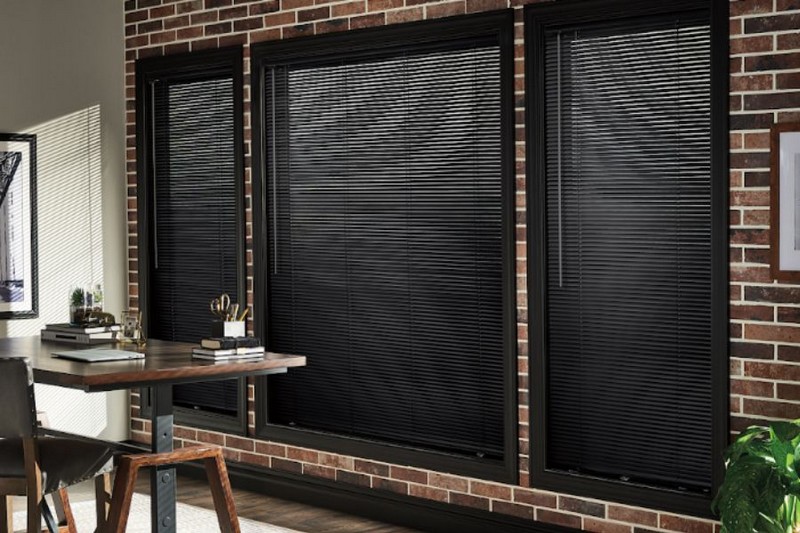
Frequently Asked Questions
1. Should your blinds face up or down?
Upward-facing blinds are ideal for daytime when you’re awake, as they let in natural light while providing privacy. Downward-facing blinds are best for nighttime when you’re ready to sleep, as they block out light more effectively.
2. When should you close your blinds with the slats facing up?
If you want to allow sunlight while blocking most UV rays and heat, turn your blinds so the slats face upward. This position lets in light while reflecting heat and UV rays outdoors.
3. When should you close your blinds with the slats facing down?
Downward-facing blinds are ideal for nighttime when you’re ready to sleep, as they effectively block out light and provide privacy.
4. Why won’t my blinds go down?
Blinds may not go down due to issues with the cord, battery, or motor:
- Cord Stuck in Lock Mechanism: The cord could become stuck in the lock mechanism for slatted blinds. Raise the cord to the headrail level and gently tug. If that fails, manually release the lock with a flathead screwdriver.
- Cordless Blinds: These may not lower if the battery is dead or low or if the motor is malfunctioning. Blinds may swell and change shape in hot or humid areas, preventing movement.
- Cordless Roller Blinds: If the internal springs have been unused for a while, they may need reactivation. Lower the blinds as far as possible, gently tug the fabric towards you, or rock it from side to side to reactivate the springs.
5. What is the correct way to close blinds?
To close the blinds properly, lower them to your desired position and rotate the slats downward. This approach ensures you shut them entirely, providing maximum privacy and darkness.


